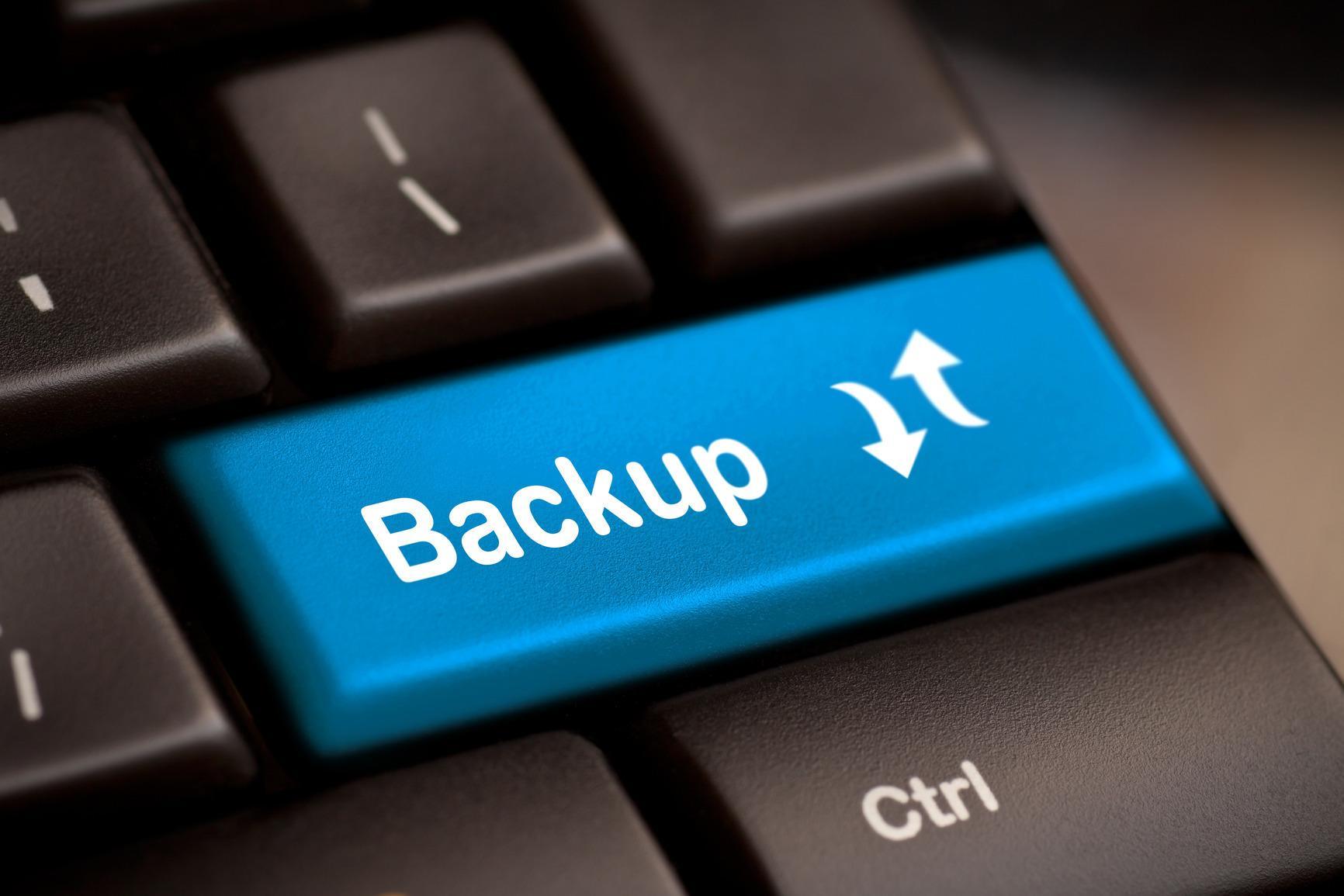Although the official timeline for tropical storms in the United States only lasts from June 1 through December 1, savvy businesses up and down the East Coast in the Gulf States know that business preparations in the event of a tropical storm or hurricane hitting your area are an ongoing process.
As 2015 heads towards summer, it’s a good idea to review your disaster recovery procedures for hurricane season before bad weather actually hits.
Just a few years ago, many businesses simply backed up their data to external hard drives prior to hurricane season and hoped for a short outage once a tropical storm hit. However, what happens if you forget to grab the backup drive before leaving the office? These days disaster recovery for your business means much more than preserving files on a separate hard drive. Information on your entire server can be at risk along with your entire telephone system if you are using VoIP services.
AE Technology Group can provide protection of all business records and data. Our backup solutions include secure cloud or data center storage that can replicate your IT working environment and get you up and running as soon as its safe to return to the premises following the storm. Getting your networks up and running as soon as possible following a natural disaster will minimize losses to your business and keep customers happy.
Cloud and other backup solutions that are suitable for disaster recovery are not just for large corporations.
Contact us today before a hurricane hits to learn how we put customized disaster recovery procedures in place that can ultimately save money.




